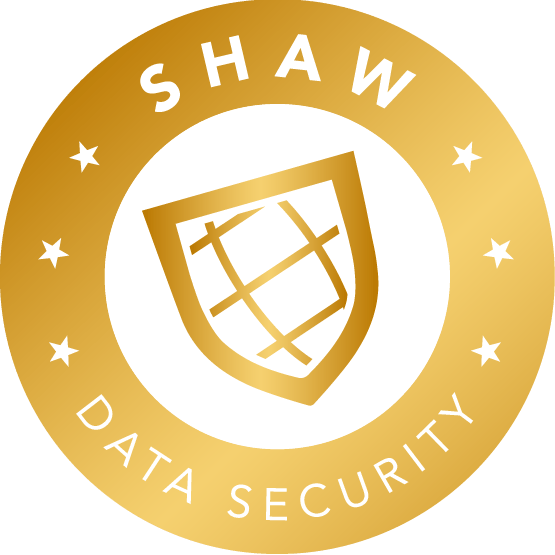What is GRC?
Governance, Risk, and Compliance (GRC)
What is GRC?
Governance, Risk, and Compliance (GRC) is the methodology and workflow created to manage the numerous relevant regulatory and industry requirements across corporate environments based on each company’s uniquely defined risk policies.
Who uses GRC?
- Board of directors
- Audit committee
- IT steering committee
- Compliance officer
- Risk officers (who conduct risk assessments and identify all that can go wrong in business)
- All levels of management (assist the risk officers with the identification of what can go wrong in their processes)
- Audit committee
- Auditors (an independent body, typically reporting to the board of directors)
Value of a GRC Program
A GRC program establishes, maintains, and ensures that your company is adhering to its policies and notifies the appropriate people when it’s not. The program should also be able to provide data and evidence to help people determine the scale of risk in order to appropriately address or remediate the issue. Other benefits include:
- full access to all asset, configuration, and IT data within the instance
- automatic evidence and data collection to see if the controls are working
- access to source data from real-time reporting
- centralized access and management for all authoritative sources, policies, and controls
- full workflow integration and business process support integrating controls directly into your business processes
- document management and knowledge base supporting Policy Management and control test instructions
- secure integration to gather evidence and report on controls outside of the instance


